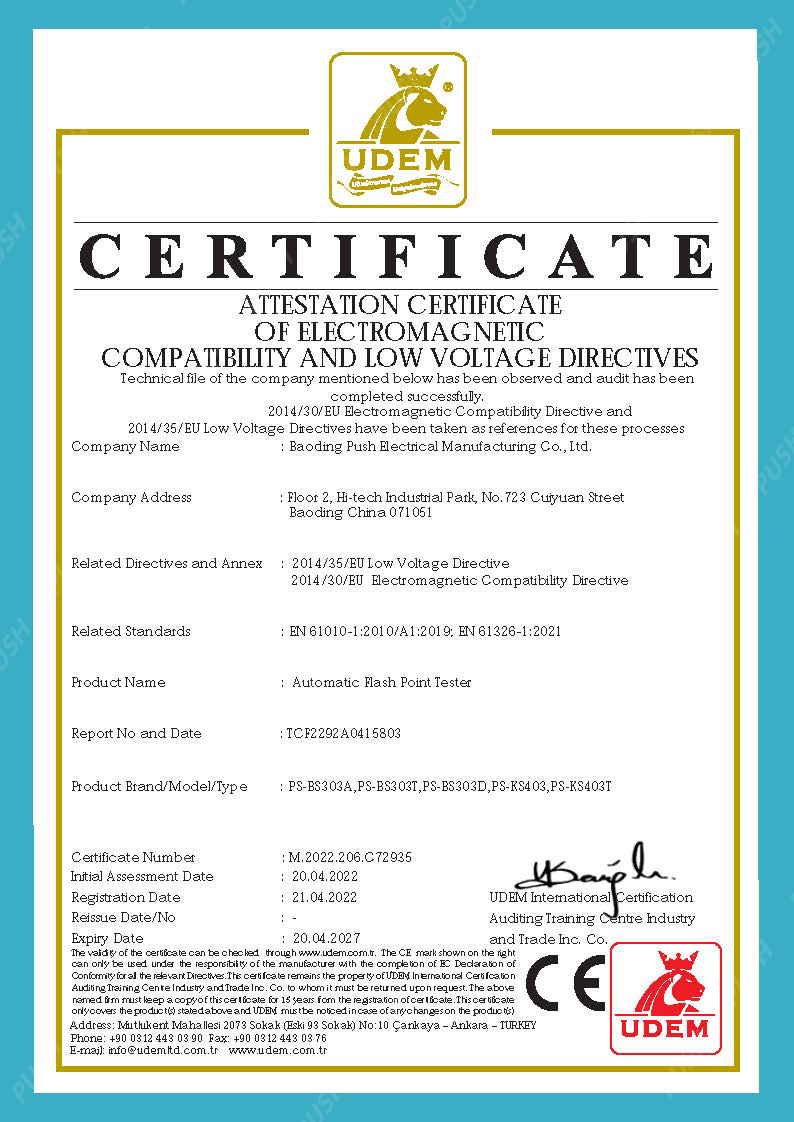 English
English


breakdown test of transformer oil is carried out
Breakdown Test of Transformer Oil Understanding Its Importance and Process
Transformer oil, also known as insulating oil, plays a crucial role in the operation and maintenance of electrical transformers. It serves as both an insulator and a coolant, helping to manage the temperatures and preventing electrical discharges within the transformer. One of the essential tests conducted to evaluate the performance and integrity of transformer oil is the breakdown test, which assesses the oil's dielectric strength and overall condition.
Importance of the Breakdown Test
The breakdown test of transformer oil is vital for several reasons. Firstly, transformers operate under high voltage conditions, and any failure in insulation can lead to catastrophic failures, resulting in equipment damage and service interruption. A transformer oil's breakdown voltage reflects its ability to withstand electrical stress without failing. Frequent breakdown tests help in monitoring the oil's quality and ensuring that it meets the industry standards necessary for safe operation.
Additionally, transformer oil can degrade over time due to exposure to moisture, oxygen, and other contaminants. Regular testing can detect any deterioration in the oil's properties, enabling predictive maintenance and timely intervention, which can save costs and extend the life of the transformer.
The Breakdown Test Process
The breakdown test is performed using a standardized method, typically following the ASTM D1816 or IEC 60156 standards. The procedure involves placing a sample of the transformer oil in a test cell with two electrodes. The gap between the electrodes is carefully controlled, and an alternating voltage is gradually applied to the oil. The voltage is slowly increased until the oil breaks down and conducts electricity, resulting in a flashover between the electrodes.
breakdown test of transformer oil is carried out

The breakdown voltage is measured in kilovolts (kV) and is recorded. A higher breakdown voltage indicates better insulating properties and, consequently, a healthier transformer oil. Typically, new or fresh transformer oil will show a breakdown voltage exceeding 30 kV, although this value can vary based on specific applications and requirements.
Factors Influencing Breakdown Voltage
Several factors can impact the breakdown voltage of transformer oil, including contamination, moisture content, and temperature. Contaminants such as dirt, water, and particulate matter can significantly lower the oil's dielectric strength. Therefore, ensuring proper filtration and maintenance practices is essential.
Moisture is one of the most detrimental factors affecting transformer oil. Even small amounts of water can lead to significant reductions in breakdown voltage. Regular testing for moisture levels is necessary to maintain optimal oil conditions. Moreover, temperature variations can influence the behavior of the oil, necessitating the need for testing under controlled conditions.
Conclusion
The breakdown test of transformer oil is a fundamental procedure in the maintenance and operation of electrical transformers. By regularly assessing the dielectric strength of the oil, utility companies and industries can ensure the reliability and safety of their electrical infrastructure. Understanding and monitoring the factors influencing breakdown voltage will help in implementing effective maintenance strategies, thereby enhancing system performance and longevity. With the continued advancement in testing technologies and methods, the industry can better safeguard against potential failures and inefficiencies associated with transformer operations.
-
Differences between open cup flash point tester and closed cup flash point testerNewsOct.31,2024
-
The Reliable Load Tap ChangerNewsOct.23,2024
-
The Essential Guide to Hipot TestersNewsOct.23,2024
-
The Digital Insulation TesterNewsOct.23,2024
-
The Best Earth Loop Impedance Tester for SaleNewsOct.23,2024
-
Tan Delta Tester--The Essential Tool for Electrical Insulation TestingNewsOct.23,2024





